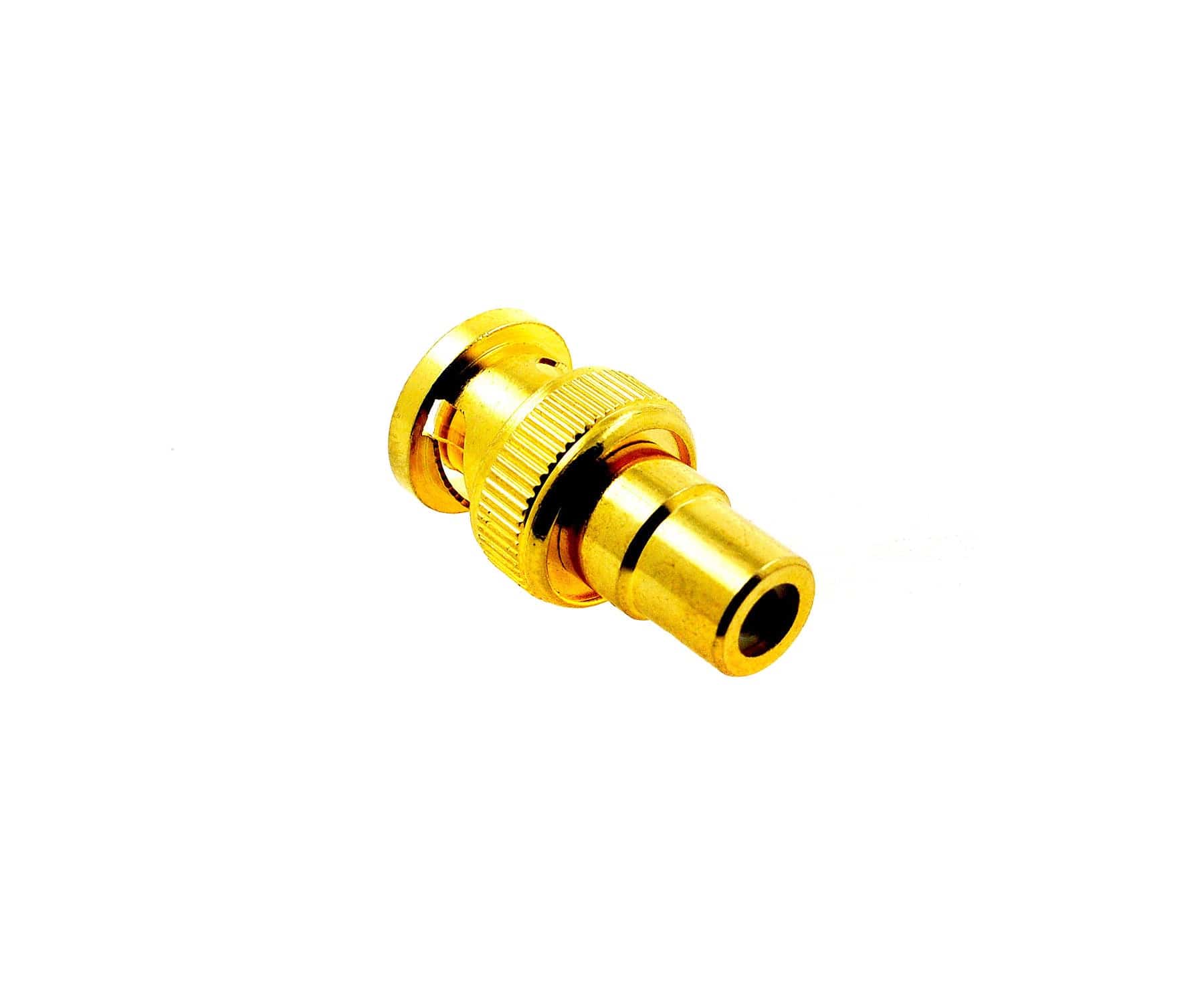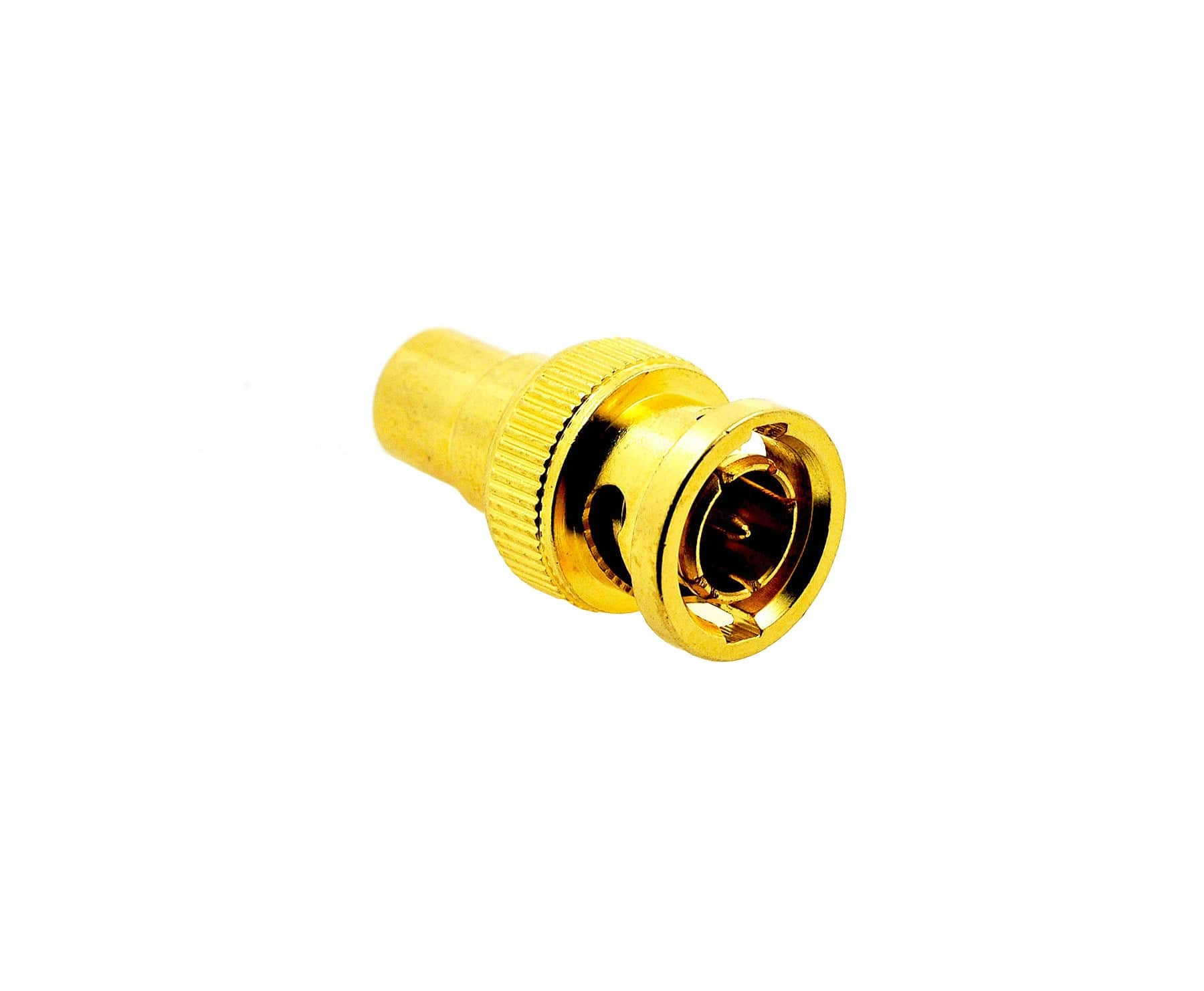![Allo DigiOne - S/PDIF Output [Discontinued] by Allo - The Pi Hut](http://thepihut.com/cdn/shop/products/allo-digione-s-pdif-output-allo-mmp-1065-7008464502846.jpg?v=1646675113&width=1120)
![Allo DigiOne - S/PDIF Output [Discontinued] by Allo - The Pi Hut](http://thepihut.com/cdn/shop/products/allo-digione-s-pdif-output-allo-mmp-1065-7008464535614.jpg?v=1646675116&width=1120)
![Allo DigiOne - S/PDIF Output [Discontinued] by Allo - The Pi Hut](http://thepihut.com/cdn/shop/products/allo-digione-s-pdif-output-allo-mmp-1065-7008464568382.jpg?v=1646675120&width=1120)
Login / Signup
Cart
Your cart is empty
![Allo DigiOne - S/PDIF Output [Discontinued] by Allo - The Pi Hut](http://thepihut.com/cdn/shop/products/allo-digione-s-pdif-output-allo-mmp-1065-7008464502846_1000x.jpg?v=1646675113)
![Allo DigiOne - S/PDIF Output [Discontinued] by Allo - The Pi Hut](http://thepihut.com/cdn/shop/products/allo-digione-s-pdif-output-allo-mmp-1065-7008464535614_1000x.jpg?v=1646675116)
![Allo DigiOne - S/PDIF Output [Discontinued] by Allo - The Pi Hut](http://thepihut.com/cdn/shop/products/allo-digione-s-pdif-output-allo-mmp-1065-7008464568382_1000x.jpg?v=1646675120)
Allo have designed a digital (S/PDIF) transport for Raspberry Pi audio with one goal in mind: Absolut best S/PDIF output.
Basically, you have your music on the cloud or on your PC/NAS. If it’s on the cloud , you will use your smartphone to access your account and play. From your smartphone, in order to send the music to your DAC (DACs have USB and/or S/PDIF inputs) you need a transport that will be visible (to your smartphone / tablet /PC) as an Airplay device (iOS ) or UPNP/DLNA (Android/PC). Our transports have different outputs. USBridge feeds your DAC through USB, and DigiOne uses coaxial/bnc. Depending on your DAC inputs you need to make a choice.
Since this is a digital stream the most important aspect for "absolut best" is jitter. Jitter in digital domain directly translates into analog errors. Second, is noise. Lowering the noise that’s injected in your DAC will produce some (small-to-none) improvements.
10 LDOs, 12 LPF, DC/DC convertors, galvanic isolator, WM8805, flip flops, buffers, NDK oscillators. Optical had to go… by definition it has a jitter of 4ns. That’s 4000ps. We simply removed it. However, optical has galvanic isolation so we took the decision to use a digital isolator instead that separates the outputs from both RPI and WM8805.
DigiOne has 2 outputs: BNC and plain RCA (coaxial). On both, we have achieved jitter of 0.6ps (1 picosecond – time taken by light in a vacuum to travel approximately 0.30 mm).
Noise. 50uV (batteries have about 12uV of noise).
What we achieved, in our opinion and based on public measurements, is the best transport at any price point (yes, even when compared with 5k USD/EUR transports).
Enjoy.
Compatibility
The Digione has a galvanic isolator for both power and signals. You do not need an extra isolator. Additionally, DigiOne has a double relocking of the S/PDIF stream (one of them taking care of metastability and the second one taking care of realigning the data). You do not need another reclocker (like Kali).
PSU: Not needed (power is taken from RPI, then we use a isolated DC/DC convertor with filters and LDO)
Features:
Downloads
![Allo DigiOne - S/PDIF Output [Discontinued] by Allo - The Pi Hut](http://thepihut.com/cdn/shop/products/allo-digione-s-pdif-output-allo-mmp-1065-7008464502846.jpg?v=1646675113&width=1120)
![Allo DigiOne - S/PDIF Output [Discontinued] by Allo - The Pi Hut](http://thepihut.com/cdn/shop/products/allo-digione-s-pdif-output-allo-mmp-1065-7008464535614.jpg?v=1646675116&width=1120)
![Allo DigiOne - S/PDIF Output [Discontinued] by Allo - The Pi Hut](http://thepihut.com/cdn/shop/products/allo-digione-s-pdif-output-allo-mmp-1065-7008464568382.jpg?v=1646675120&width=1120)




